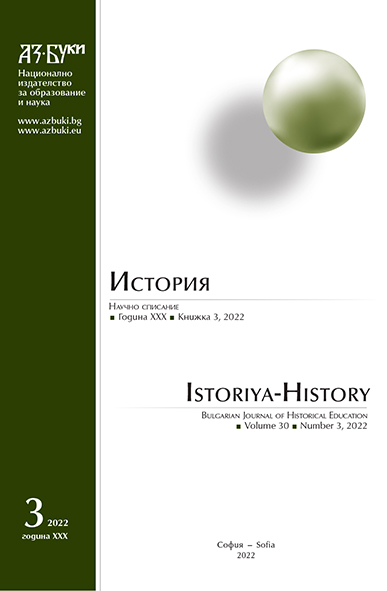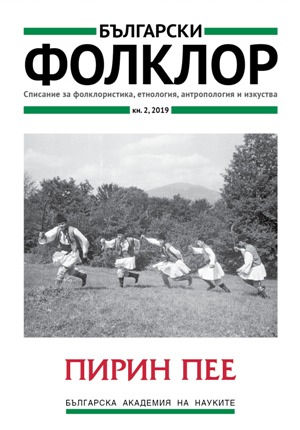
We kindly inform you that, as long as the subject affiliation of our 300.000+ articles is in progress, you might get unsufficient or no results on your third level or second level search. In this case, please broaden your search criteria.

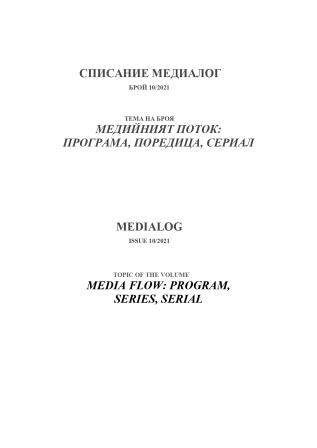
The text presents the main conclusions based on the study of the political messages in the Turkish series broadcasted on Bulgarian television and on Netflix. The main political messages in the series, showed on Bulgarian television, are the responsibility for decisions, connect with the life of a woman and a child. Among the important political topics are: migration, education abroad and returning home, conflicts between rich and poor.
More...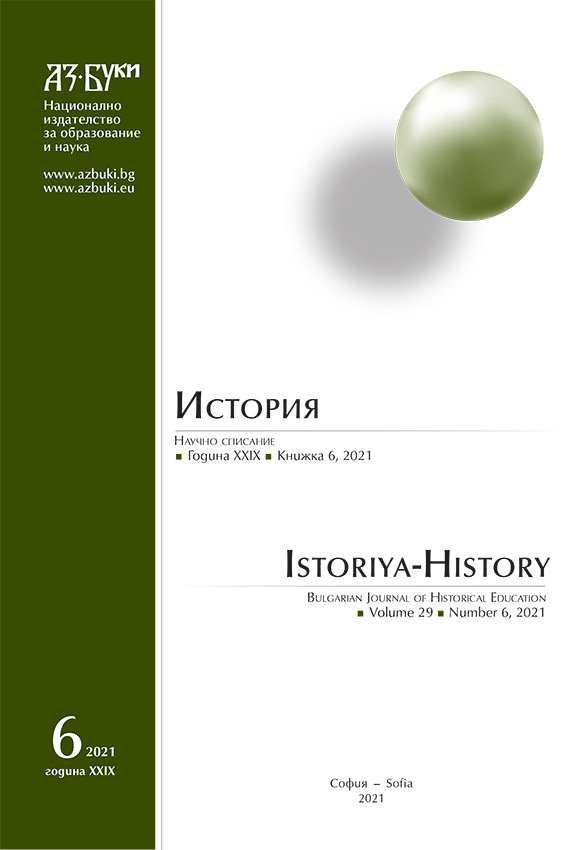
The publication of Emanuel Vaskidovitch „Kratko izlozhenieza saedinenieto na dvete uchilishta Svishtovski“ is known to the researchers, as an application of “Hristiyansko pouchenie ili sokrashtenie na Sveshtenniyata katihisisa” however to this day no researcher has commented upon the master copies which have been used for the making of the publication. „Kratko izlozhenie“in essence, it’s the first printed draft for the communities` statute in the Bulgarian language. In the present article i demonstrate my thesis, that the author adjusts the only known published statute of Greek Orthodox community from the early19th century „Sistyma i diatagai“, compounded from Melenikon’s citizens in 1813is made known to the Bulgarian public. Source of unmatched value, this statute provides us with precious information for the development of the subsidiarity, for the entry of social elements in the Melenikon’s administration, as for the rules which this happens.
More...
Based on the analysis of the sources and academic literature, the article comprehensively presents a critical analysis of the activities of the Bulgarian Blagoev Commune. The article covers the details of the organisation and functioning of the collective, the tasks set by the Bolshevik authorities. The article characterises the process of adaptation to a different country, the relations of the members of the commune with the local population and ties to Ukrainian associations. The results and consequences of the economic and financial activities of the international commune on the territory of Ukraine are generalised. The authors draw attention to the fact that the conscientious work of the members of the commune was used by the political regime under the slogans of building a bright future for the sake of an unrealistic socialist goal. Special focus is put on the party and public activities of the members of the commune. The contradictory nature of the position of the Soviet government regarding the newly created collective, the evolution of its party and state policy and the tragic fate of the leadership of the commune in the 1930s are discussed. The article outlines the recommendations on the practical application of the historical experience of the international collective in the context of international cooperation.
More...


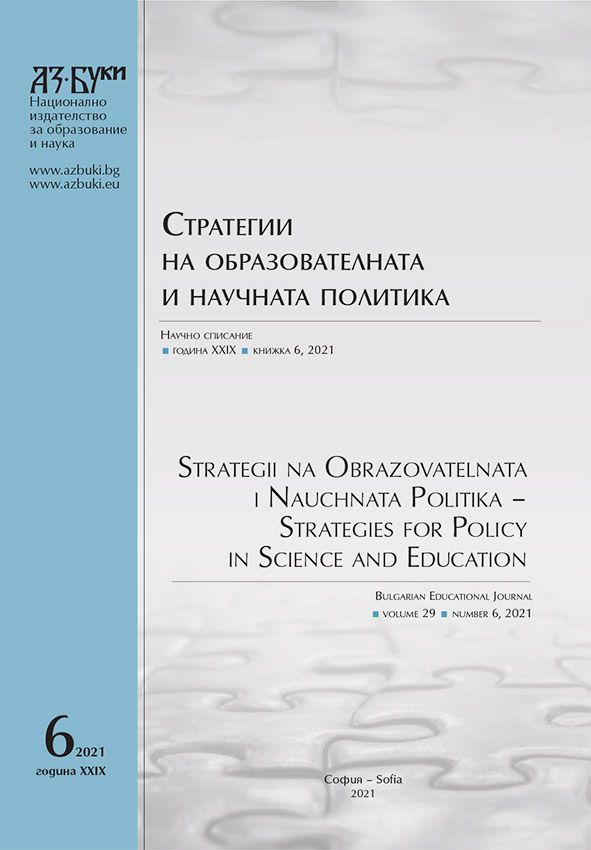
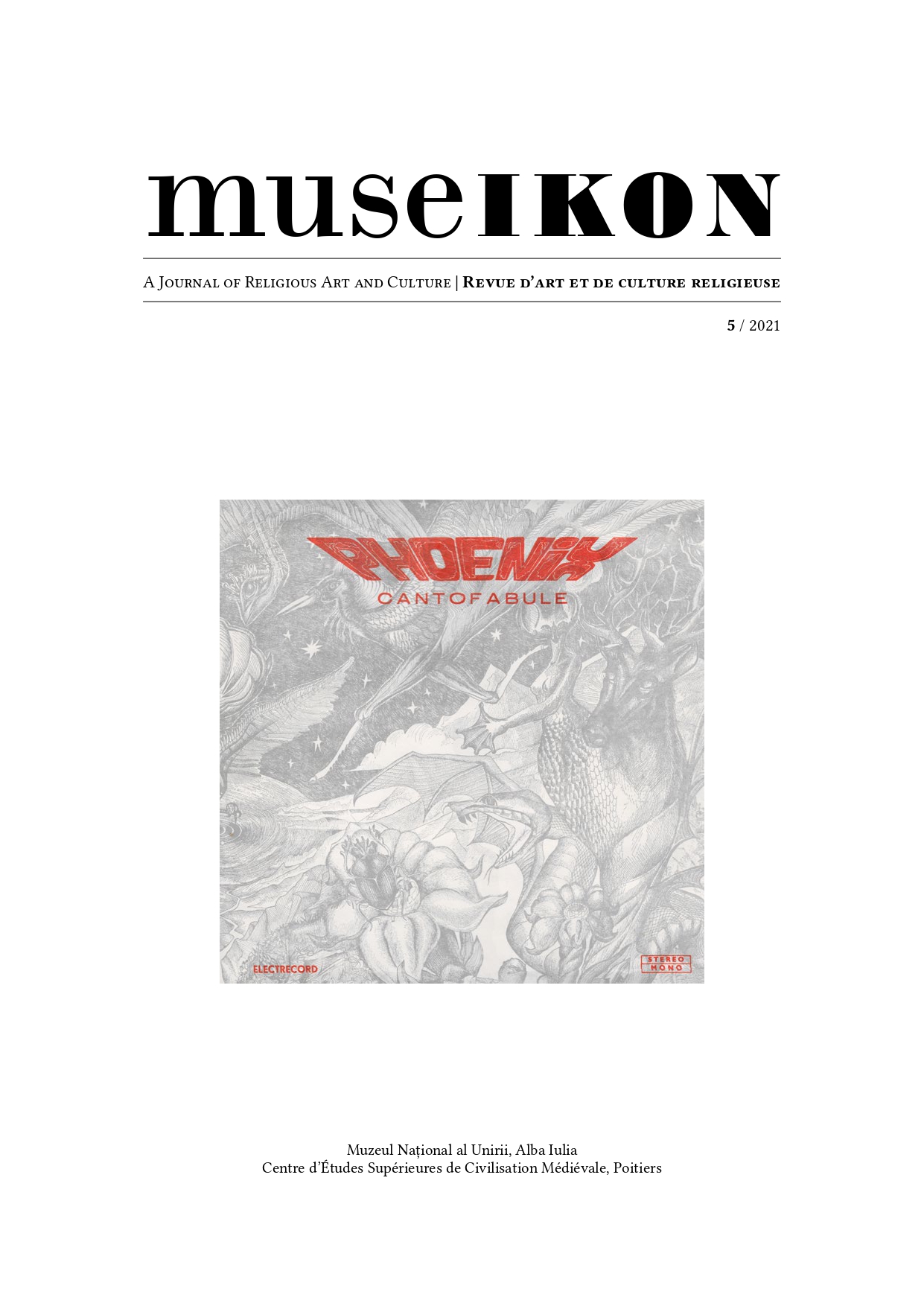
Né à Turnu-Severin (Roumanie) en 1942, fils de Nicolae Foarță, médecin, et de Yvonne Foarță, née Burger, professeure de musique, Șerban Foarță a fait ses études à la Faculté de Philologie de l’Université de Timișoara (1960-1965), spécialisation roumain-allemand. En 1978, il a soutenu sa thèse de doctorat en littérature dans le cadre de la même université, thèse publiée deux années plus tard : Eseu asupra poeziei lui Ion Barbu [‘Essai sur la poésie d’Ion Barbu’], Timișoara, éditions Facla, 1980. Il a été professeur à la Faculté des Lettres de l’Université de l’Ouest,à Timișoara, de 1992 à 2005. Membre de l’Union des Écrivains de Roumanie, Șerban Foarță est premièrement poète, essayiste, prosateur et critique littéraire. Il est trèsconnu pour sa poésie qui, lui a valu non seulement desprix littéraires mais surtout une large reconnaissance auprès de ses lecteurs: Simpleroze (Timișoara, éditions Facla,1978); Șalul, eșarpele Isadorei / Șalul e șarpele Isadorei (Bucarest,éditions Litera, 1978); Holorime (Bucarest, éditionsLitera, 1986) et nombre d’autres volumes après 1989. Il atraduit en vers les livres poétiques de la Bible (Hexachordos: Psalmii. Ecleziastul. Cantarea Cantarilor. Iov. Psalmii lui Solomon. Odele, pre stihuri retocmite; Timișoara, éditions Brumar, 2011). Il a traduit des poèmes de la littérature française médiévale, y compris les fatrasies de Philippede Beaumanoir (dans la plaquette 33 de fatrazii, Bucarest,éditions Art, 2008). Cependant son début en tantque poète, avant la publication de la première plaquette (Texte pentru Phoenix, Bucarest, éditions Litera, 1976) s’est fait dans deux LP. Ses vers ont été enregistrés par Phoenix en 1974 (Mugur de Fluier) et 1976 (Cantafabule).
More...
Mănăstirea Sfânta Ecaterina de pe Muntele Sinai păstrează un portret al lui Neagoe Basarab și al familiei sale, pictat pe capacul interior al unui scrin din lemn. Imaginea oferă dovezi fizice ale contactelor dintre Țara Românească și Mănăstirea Sinai în timpul lui Neagoe Basarab, a cărui domnie a continuat îndelungata tradiție a patronajului domnilor români asupra locurilor sfinte.
More...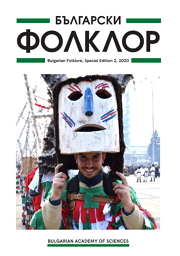
The article describes the National Festival of Folklore in Koprivshtitsa in through the eyes of a particular local community, that of the village of Bistritsa, Sofia region. The study is based on fieldwork conducted in January 2015 at the local community centre. The main method of investigation is the semi-structured interview, which offers local people the opportunity to select the most significant moments in their narratives and to express their own understanding and interpretations of folklore heritage. The authors pay particular attention to the processes of transformation of local tradition into cultural heritage, which became especially visible after the 1930s and the 1940s. The text outlines the processes and means by which the local community presents its culture and understands the necessity of its contemporary safeguarding as a living practice. The influence of local and national cultural institutions is duly marked, including the influence of the local community centre and the National Festival of Folklore in Koprivshtitsa. Special attention is also given to these institutions’ contributions towards the conceptualization of different elements of the respondents’ local culture and the ways in which local culture becomes a resource for the construction of different networks of identities: cultural, local and national. The text also highlights the basic accents and interpretations in the narratives of the respondents who discuss the National Festival; the Festival’s importance as a place for the representation of their traditional village cultural elements; its role in their preservation; the character of the Festival stage and changes to it through the years; as well as the personal experiences of the community members during the Festival.
More...
The dumb blonde figure is very popular in the repertoire of international jokes and is characterized by two main qualities: stupidity and promiscuity. These features are also shared by jokes which have circulated in Bulgaria since the 1990s. Researchers view dumb blonde jokes as a consequence of the increasing presence of women in professional and public life in positions which were traditionally considered ‘male’ spheres. The jokes are a reaction to radical transformations in social values and also a specific response to problematized male identities. Over the course of time, the image of the blonde has undergone certain changes as the sexual innuendo has faded and stupidity has become the main object of ridicule. In this way, the blonde has become a version of the classical personage of the fool whose role has always been substantial in the processes of self-identification, whether they be national, social, ethnic, local, or regional in character. In this respect, the blonde represented in such jokes has the potential to become a universal archetype, since her image combines two major identity markers: gender, and more generally, cultural affiliation.
More...![Tsvetelina Dimitrova. Popular History between the Oral and the Written. Sofia: Prof. Marin Drinov Publishing House of BAS, 2013. 218 p.[Цветелина Димитрова. „Народната история“ между устност и писменост. София: Издателство на БАН „Проф. Марин Дринов]](/api/image/getissuecoverimage?id=picture_2020_64862.jpg)

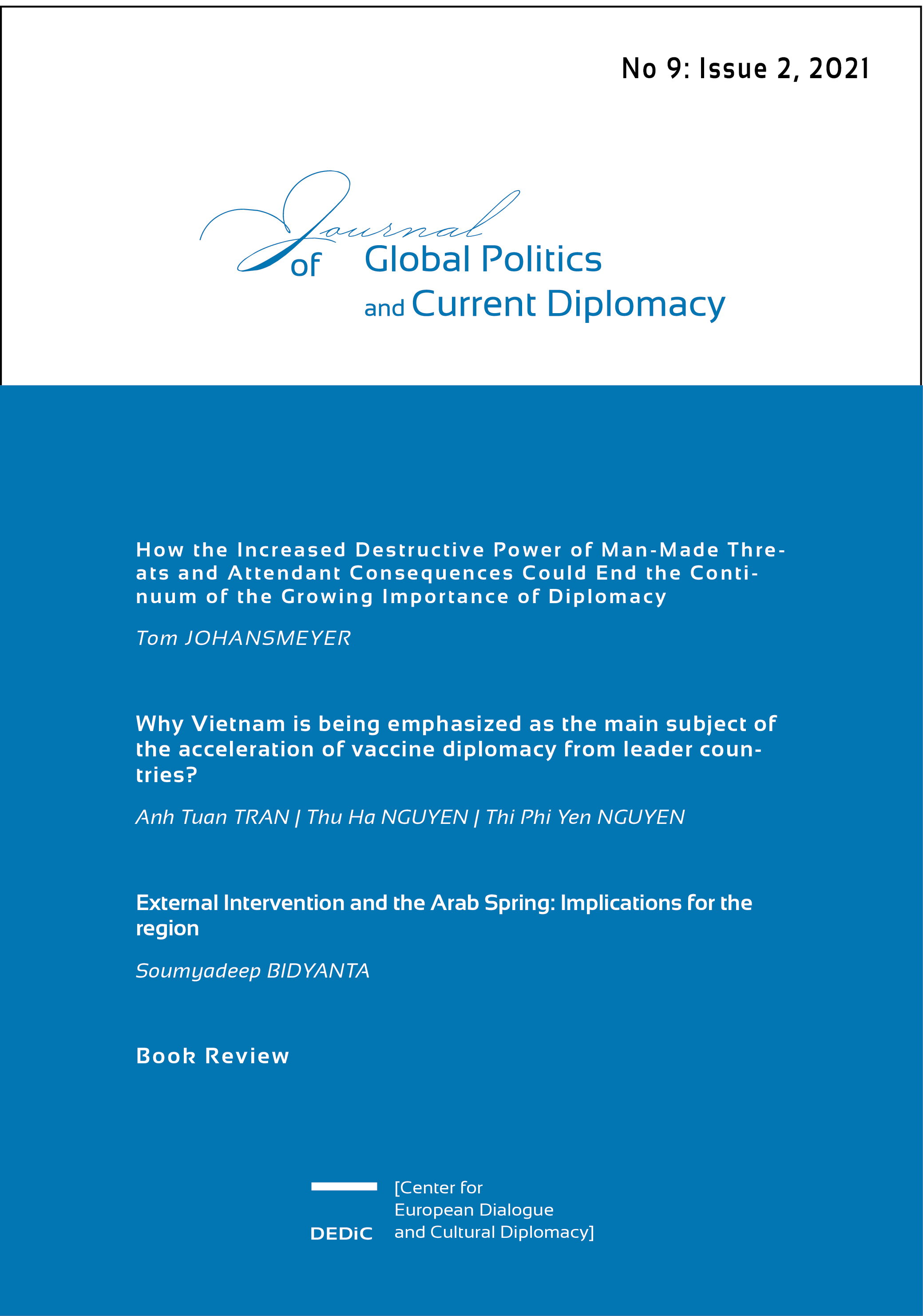
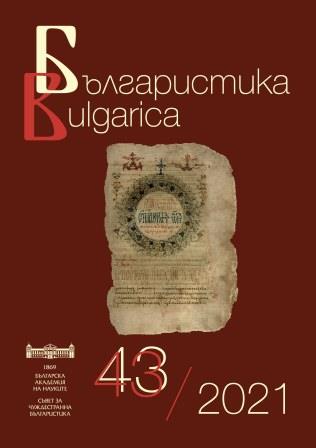
Content of the main Bulgarian scientific journals for the current year in linguistics, literature, history, folklore, ethnography, archaeology, and art studies
More...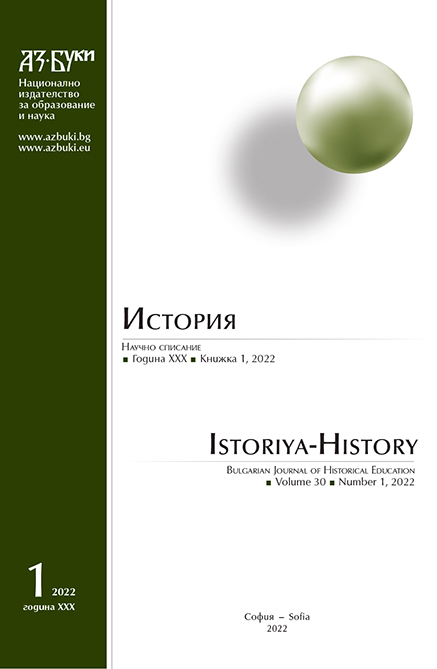
The article presents archival materials and other historical sources which keep primary information about the death and funeral of the famous Bulgarian rebel leader Hadzhi Dimitar Asenov (1840 – 1868) who originates from the town of Sliven. The widely accepted thesis that Hadzhi Dimitar was deadly shot during the Buzludzha battle (18th July 1868) and was buried at the place of the battle has been proven once again by bringing new motives and logical arguments. The funeral of the famous revolutionary on the Buzludzha peak (named in 1942 Hadzhi Dimitar peak) has been confirmed with memorial and archaeological pieces of evidence. Both re-burials of the fallen heroes (1898 and 1961) provide additional data in that direction. Despite scientific argumentation of the said thesis, the article also interprets some uncertain and contradictory evidence about the eventual death of Hadzhi Dimitar on the Kadrafil peak, located in the Sredna gora mountain – 50 km away from Bualudzha peak in the Stara planina mountain. Neither factual nor logical arguments of this legend withstand scientific criticism. Nevertheless, they are persistently popularized by local patriots, originating mainly from the village Svezhen (formerly called Ajar – until 1934). Furthermore, supporters of the so called Adjar's legend are trying to give national status of their unscientific claims about the death and burial of the famous revolutionary leader Hadzhi Dimitar Asenov. Their unjustified actions are conceptualized in the scientific context of the cultural memory theory. The dispute between the scientific version and the Adjar's legend is explained by the different approaches of historical science and cultural memory toward a single fact from the past – the last moments of a national hero's life. The professional historiography works with objective facts, scientific methods and logical arguments. Cultural memory attracts convenient hypotheses, mythological plots and unprovable local memories.
More...
The article presents unknown documentary evidence from the archival heritage of Acad. Ivan Simeonov Duichev (1907 – 1986), stored in the Center for Slavic-Byzantine Studies “Prof. Ivan Duychev” (CSVP). In terms of content, they represent a valuable historical source, containing information about his research activities and interests in archival science in the 50s of the twentieth century. The sources and archeographic aspects of the newly discovered document are considered. The contributions of Acad. Duychev in the field of theoretical archival science after the publication of his “Lectures on archival science” in 1950are presented.
More...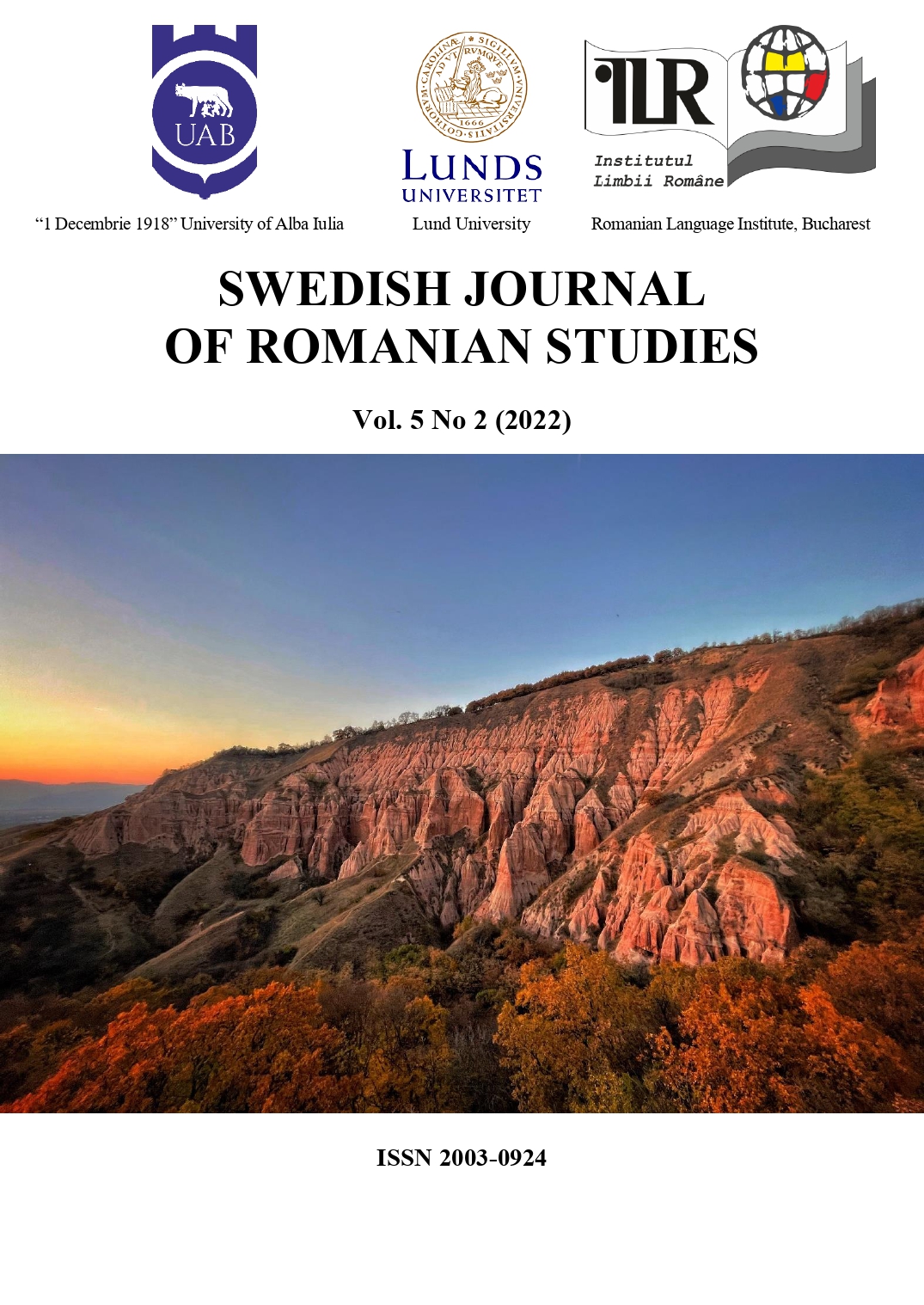
This study is aimed at identifying the most noticeable Slavic elements in the calendar rites of Bukovyna. It analyzes material collected by Romanian researchers in the second half of the 19th – early 20th century (E. Niculiță-Voronca, T. Pamfile, L. Bodnărescu, А. Fochi, A. Zașciuc), documents from the Central Scientific Archive of the Academy of Sciences of the Republic of Moldova, the New Linguistic Atlas of Romania, Moldova and Bukovyna (1987), as well as personal observations recorded by the authors of the study in Ukraine and Romania during ethnographic expeditions. In the calendar rites of the Romanians of Bukovyna, some clear Slavic elements can be identified, such as some names of calendar holidays, Ukrainian elements in such rites as koliada, the Christmas star, shchedruvannya. Ukrainian motifs of musical folklore in winter rites, as well as the use of the names of Ukrainian opryshky and haidamaky, the adaptation of the “walking with vertep”, the use of the term vidma of Ukrainian origin, the penetration of the name and main text of the Ukrainian Malanka, etc.
More...